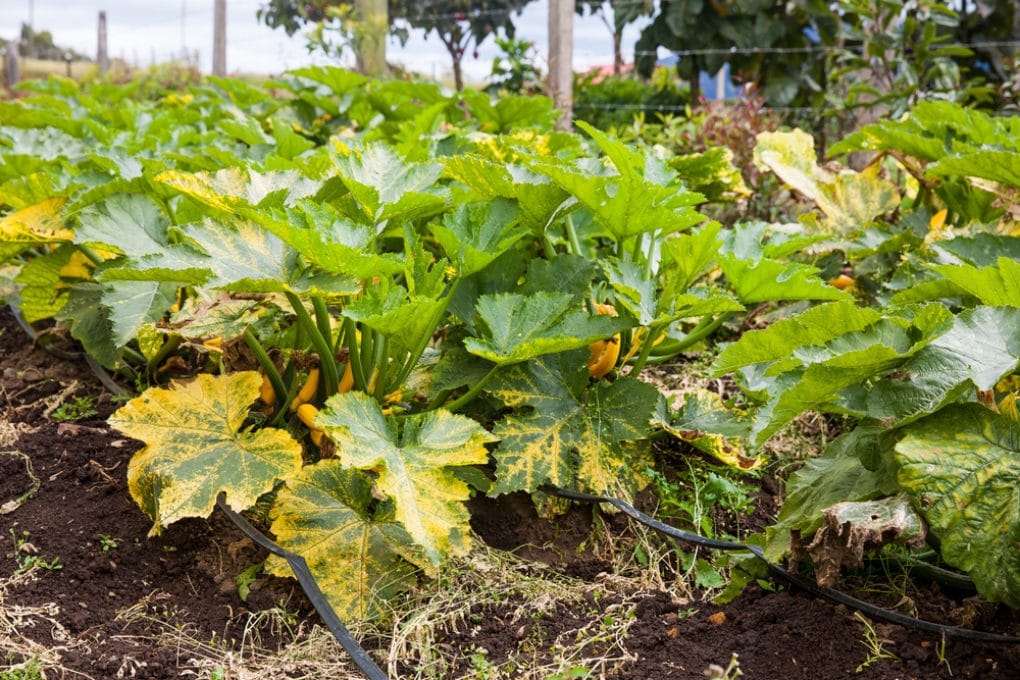
Ah, zucchini! The prolific gift from the garden that can quickly go from delightful summer squash to oversized baseball bats if you're not careful. Knowing exactlywhen to take zucchini off the plant is key to enjoying its delicate flavor and preventing a kitchen overrun. Let's dive into the sweet spot for harvesting zucchini and ensuring you get the best possible yield and taste.
Harvesting Zucchini: The Goldilocks Zone
Determining the ideal time for zucchini harvest is a bit like finding the "just right" temperature for your porridge. Too early, and the flavor and texture are underdeveloped. Too late, and you're stuck with a bland, seedy behemoth. The goal is to harvest zucchini when it's at its peak of tenderness, flavor, and usability.
Signs It's Time to Harvest Your Zucchini
Several telltale signs indicate that your zucchini is ready for picking. These include size, skin condition, and overall plant health. Paying attention to these indicators will ensure you pick the perfect zucchini every time.
Size Matters (But Not Too Much!)
Generally, zucchini are at their best when they're between 6 to 8 inches long. Some varieties may be slightly longer or shorter, so checking the specific recommendations for your zucchini type is helpful. The important thing is to avoid letting them grow too large. When zucchini become oversized, their skin thickens, the seeds inside enlarge and harden, and the flavor becomes less desirable.
Here's a handy guideline:
- Ideal Size: 6-8 inches
- Maximum Size (for best flavor): 10 inches
- Problem Size: Anything larger than 10 inches is generally past its prime.
Skin Condition: Smooth and Glossy
The skin of a ripe zucchini should be smooth, glossy, and free of blemishes. If the skin starts to become dull, tough, or bumpy, it's a sign that the zucchini is becoming overripe. A shiny, vibrant skin indicates a young, tender squash.
Timing and Variety Considerations
Different zucchini varieties will mature at slightly different rates. Some varieties are bred for early maturity, while others may take a bit longer. Refer to your seed packet or plant tag for specific information about your variety's expected maturity time. As a general rule, zucchini are typically ready for harvest about 50 to 65 days after planting.
Also, be mindful of the time of year. During peak growing season, zucchini plants can produce new squash very quickly. You may need to harvest every other day to keep up with the growth!
How to Properly Take Zucchini Off the Plant
Once you've determined that your zucchini is ready for harvest, it's crucial to remove it from the plant carefully to avoid damaging the plant or the remaining squash. The right technique ensures continued production throughout the growing season.
Using the Right Tools
The best way to harvest zucchini is to use a sharp knife or pruning shears. Avoid trying to twist or pull the zucchini off the plant, as this can damage the stem and potentially the entire plant. We can use garden clippers to cut the stem near the top of the zucchini so that the main plant remains healthy. For this, you can tryFiskars Bypass Pruning Shears, sharp garden scissors with a rust-resistant steel blade, which you can find here:https://amzn.to/4i LKbs8.
The Cutting Technique
Make a clean cut through the stem about 1-2 inches above the zucchini fruit. This leaves a small "handle" that can make handling the zucchini easier and helps to prevent the cut end from rotting too quickly.
Handling with Care
Zucchini are relatively delicate, so handle them with care to avoid bruising. Bruised zucchini will spoil more quickly. Place harvested zucchini gently in a basket or container and avoid stacking them too high.
What to Do with Overgrown Zucchini
Even the most diligent gardener can sometimes miss a zucchini and find themselves with a massive, overgrown squash. Don't despair! While overgrown zucchini may not be ideal for grilling or sautéing, they can still be used in a variety of ways.
Creative Culinary Uses
Overgrown zucchini is perfect for shredding and using in zucchini bread, muffins, or fritters. The large size makes it easy to grate, and the slightly less intense flavor is less noticeable when mixed with other ingredients. You can also use it to make zucchini noodles (zoodles) using a spiralizer. Although the texture will be slightly different from smaller zucchini, it can still be a delicious and healthy option.
Composting and Other Options
If you have more zucchini than you can possibly use, composting is a great option. Cut the zucchini into smaller pieces to speed up the decomposition process. You can also share your excess zucchini with neighbors, friends, or donate it to a local food bank.
Tips for Maximizing Your Zucchini Harvest
To ensure a bountiful and delicious zucchini harvest, keep these tips in mind:
- Regular Harvesting: Check your zucchini plants every day or two during peak season and harvest any that are ready. Regular harvesting encourages the plant to produce more squash.
- Watering: Zucchini plants need consistent moisture, especially during fruit development. Water deeply at the base of the plant, avoiding wetting the foliage, which can lead to fungal diseases.
- Fertilizing: Feed your zucchini plants with a balanced fertilizer to promote healthy growth and fruit production.
- Pest and Disease Control: Keep an eye out for common zucchini pests and diseases, such as squash bugs, squash vine borers, and powdery mildew. Take action promptly to prevent infestations or infections from spreading.
Knowingwhen to take zucchini off the plant is vital for enjoying the best flavor and texture this versatile summer squash has to offer. By paying attention to size, skin condition, and using the proper harvesting techniques, you can ensure a continuous supply of delicious zucchini throughout the growing season. Happy gardening and happy cooking!